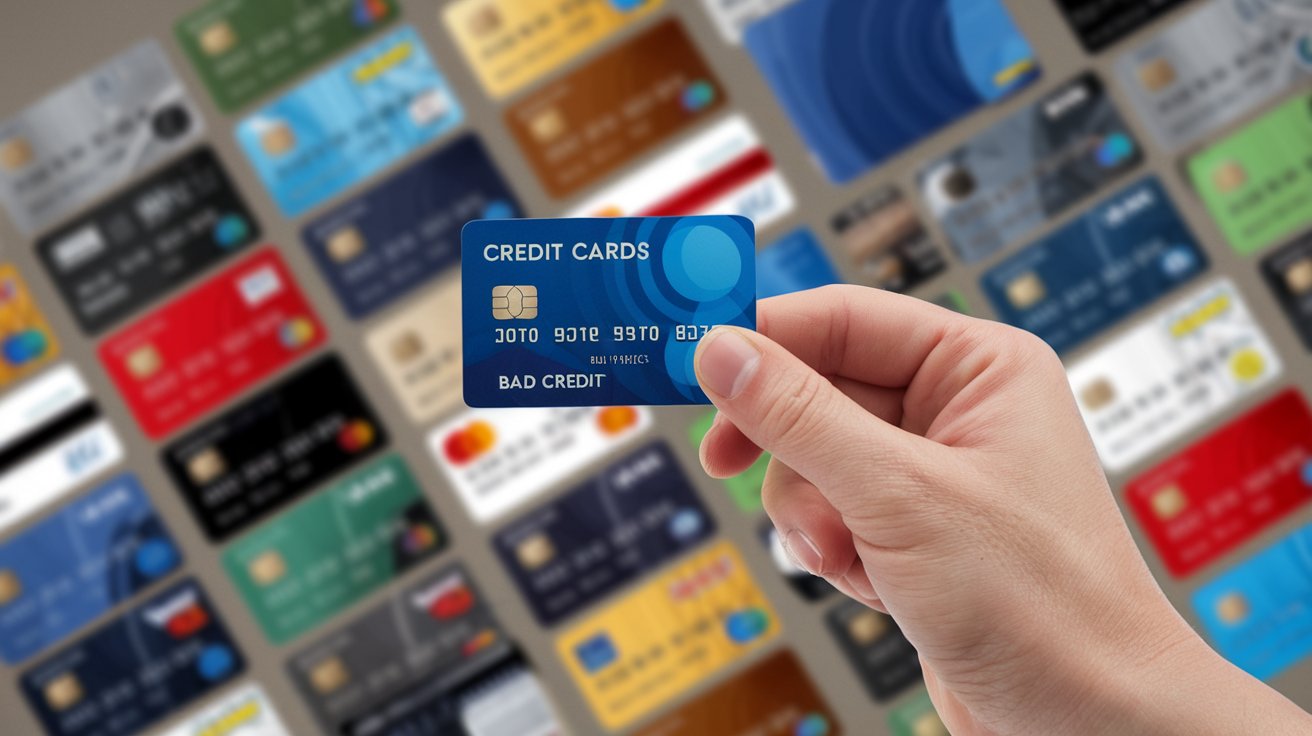
Understanding Your Starting Point
Having bad credit doesn’t mean you’re locked out of the credit card market forever. The first step is knowing exactly where you stand by checking your credit score and understanding what factors are bringing it down. Several secured and starter credit cards are specifically designed for people looking to rebuild their credit.
Secured Credit Cards: Your Best First Step
A secured credit card requires a security deposit that typically becomes your credit limit. While this might seem like a drawback, secured cards are often the most accessible option for those with bad credit. Most major banks offer secured cards, and they report to all three credit bureaus, helping you build credit history with responsible use.
Consider Store Credit Cards
Retail store credit cards often have more lenient approval requirements than traditional credit cards. While they typically come with higher interest rates and lower credit limits, they can be a stepping stone to better credit products if used responsibly.
Review Credit Card Alternatives
Credit-builder loans and becoming an authorized user on someone else’s credit card are alternative ways to build credit. These options can complement your credit-building strategy while you work toward qualifying for better credit cards.
Tips for Making the Most of Your New Credit Card
Once approved, focus on responsible credit use. Keep your credit utilization low (ideally below 30%), make all payments on time, and avoid carrying a balance to avoid high interest charges. These habits will help improve your credit score over time.
Monitoring Your Progress
Track your credit score monthly and review your credit reports regularly. Many credit card issuers now offer free credit score monitoring, making it easier to watch your progress as you build better credit habits.
Graduate to Better Cards
As your credit improves, you’ll become eligible for cards with better terms and rewards. Most secured card issuers will evaluate your account periodically and may offer to transition you to an unsecured card with responsible use.
Long-term Credit Building Strategies
Building good credit takes time and consistency. Focus on creating a positive payment history, keeping old accounts open to lengthen your credit history, and maintaining a mix of credit types when possible.
Common Mistakes to Avoid
Don’t apply for multiple cards at once, as this can further damage your score. Avoid maxing out your credit limit, and never skip payments. Be wary of predatory lenders offering “guaranteed approval” with excessive fees.
Tools and Resources
Take advantage of free credit monitoring services, budgeting apps, and educational resources offered by reputable financial institutions. These tools can help you stay on track with your credit-building goals.
FAQ
Q: How long will it take to improve my credit score enough to qualify for a regular credit card?
A: While everyone’s situation is different, you can typically see meaningful improvement in your credit score within 6-12 months of responsible credit use. This includes making all payments on time and keeping your credit utilization low. Some secured card issuers may consider transitioning you to an unsecured card after 12-18 months of good payment history.
Q: Will applying for a secured credit card hurt my credit score?
A: When you apply for any credit card, including a secured card, the issuer will perform a hard inquiry on your credit report, which typically causes a small, temporary drop in your credit score (usually around 5-10 points). However, the long-term benefits of responsibly using a secured card to build credit typically outweigh this minor initial impact. To minimize the effect, only apply for cards you’re likely to be approved for and avoid multiple applications in a short period.

Leave a Reply